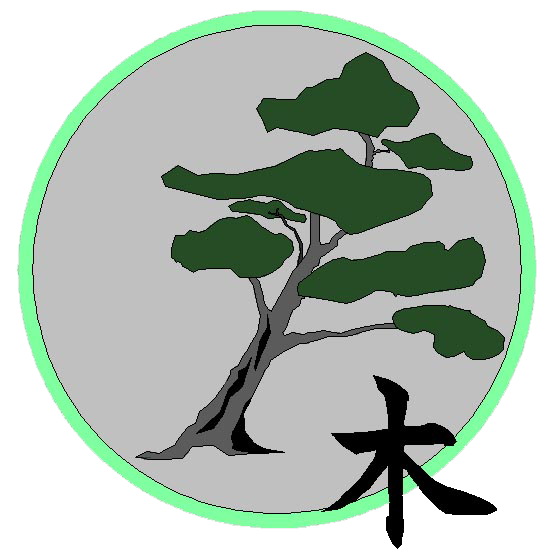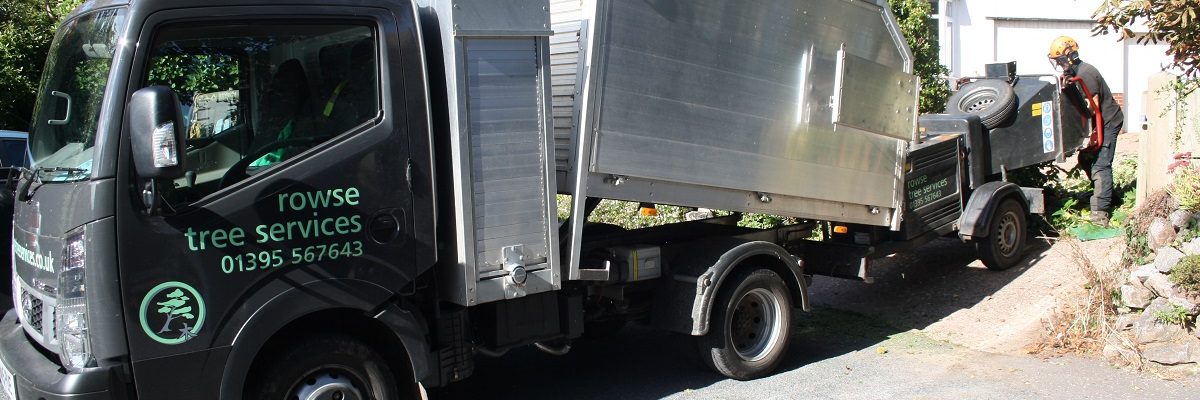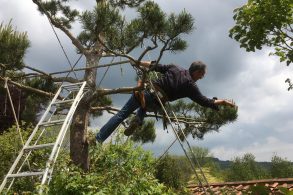Pruning
On some trees a branch collar develops. This is a swelling at the base of the branch formed from stem wood. If the final cut is made just outside the branch collar there is much reduced risk of decay developing in the main stem or larger branch.
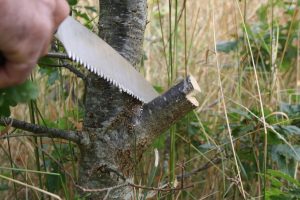
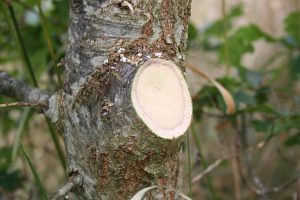
Fruit trees – Training fruit trees in Step-over, Espalier, or Cordon form can be a useful way of creating a barrier that is both ornamental and productive, with flowers in spring and fruit late summer. They can be kept very narrow so that in a small garden it is still possible to enjoy a fruit tree. We can advise on, plant and prune fruit trees for your garden.
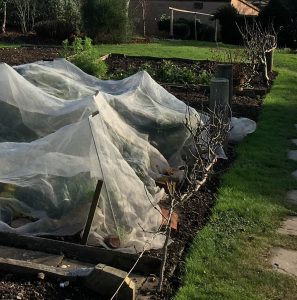
Renovation of old fruit trees may take a couple of years, clearing out old, crossing and diseased or over crowded wood in the first year and cutting back weak growth or long spindly branches the second year to leave an open, well formed crown, which allows light and air in. Over pruning will cause the tree to react by producing a mass of over-vigorous shoots.
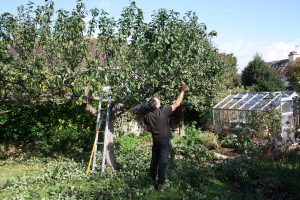
Pruning after planting – Having planted the tree it should be checked over to for structural defects such as crossing or upright branches, removing co-dominant stems and any broken/damaged branches.
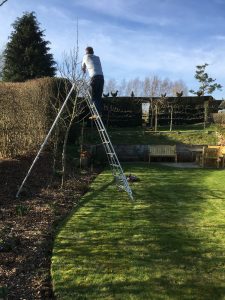
Semi-mature trees – Trees from the nursery generally have a clear stem of about 1.5 – 2m. When planted out near roads, paths of lawned areas the lower branches at this height will grow larger in diameter and length. These low branches can cause problems with access but can also cause the tree problems if they are over extend. Pruning back these branches to a suitable side branch while they are still small reduces the risk to the tree and still allows access beneath the tree. Pruning out any co-dominant stems that have arisen since planting out or bark inclusions will help the tree keep a dominant leader and a strong structure that will need less future maintenance and less likelihood of failure.
